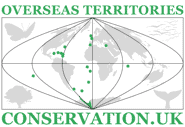Wider Caribbean
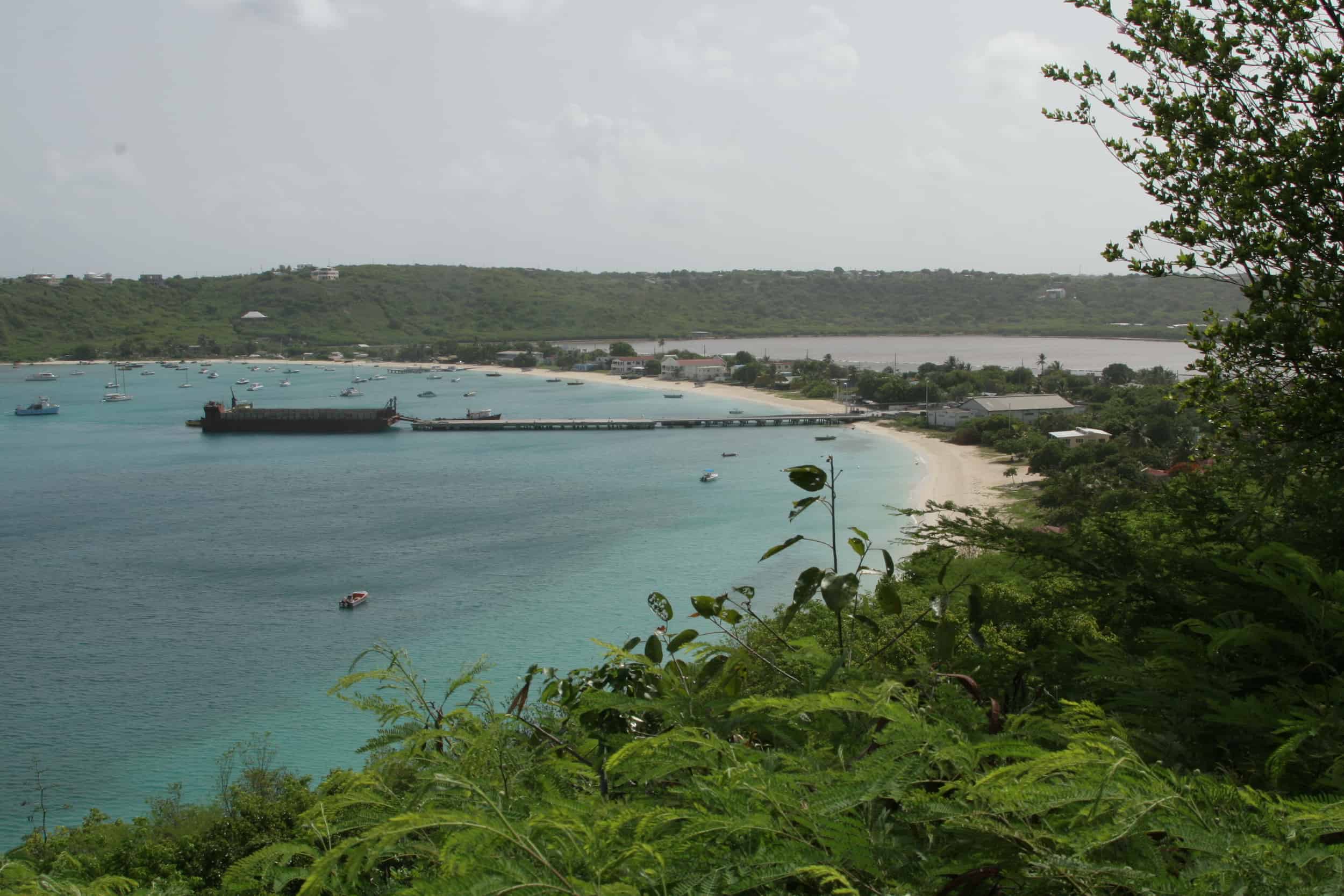
Anguilla
Biodiversity Wrapped in Blue: The unique ecosystems of Anguilla and its offshore cays are home to several species of birds and reptiles. These include the endemic black lizard on Sombrero Island, the harmless Anguillan racer snake and the lesser Antillean iguana. About 129 bird species and 520 plant species with many classified as an endemic. Read more
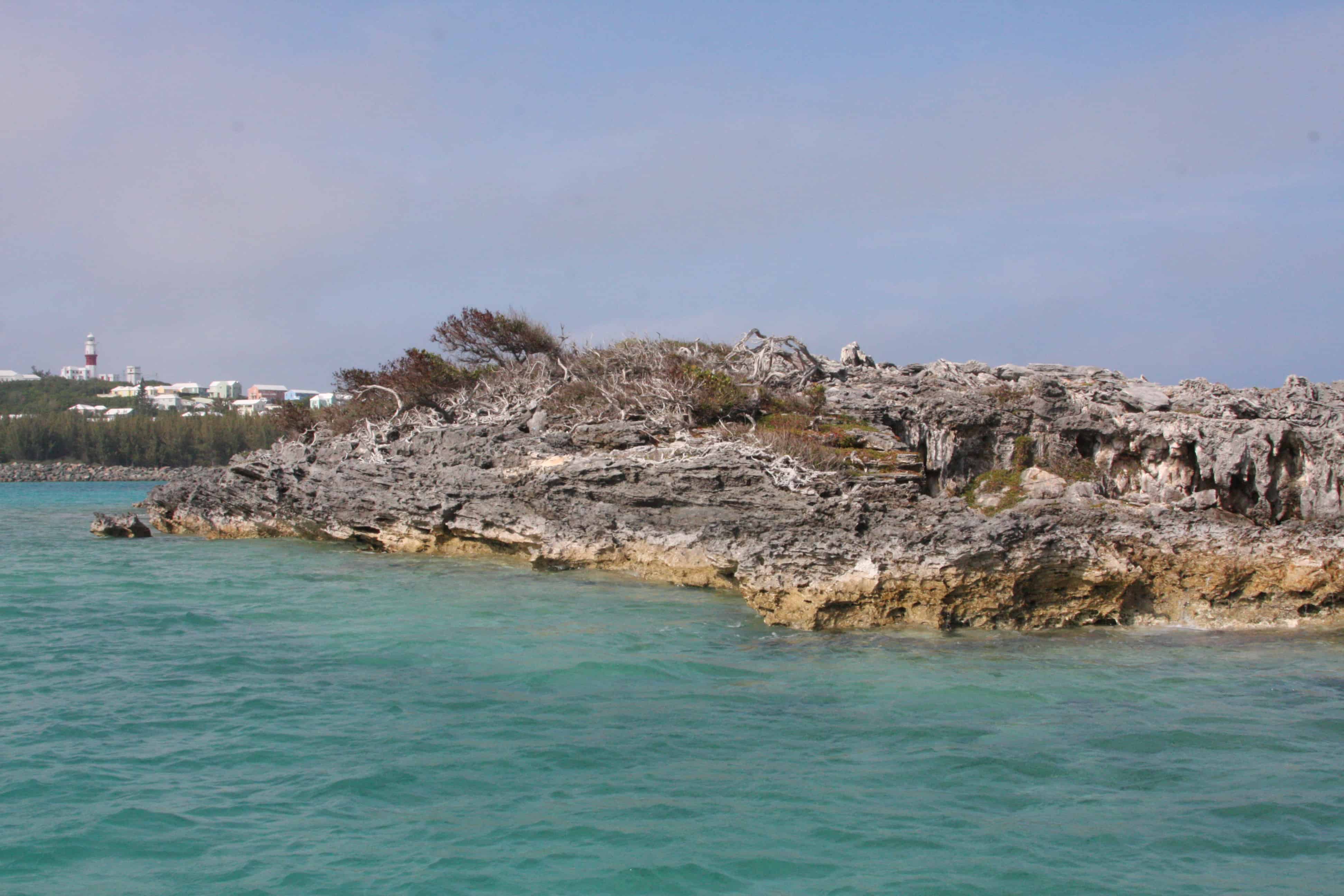
Bermuda
An Oasis of Life in an Oceanic Desert: About 250 of over 8,000 plant and animal species known from Bermuda are unique. Many of these are found in the extensive network of submerged caves and, like the fabled cahow and Bermuda skink, are critically endangered. Others, such as the Bermuda cedar, nearly wiped out in the 1940s by an introduced scale insect, are more common, due to island-wide planting schemes. Read more
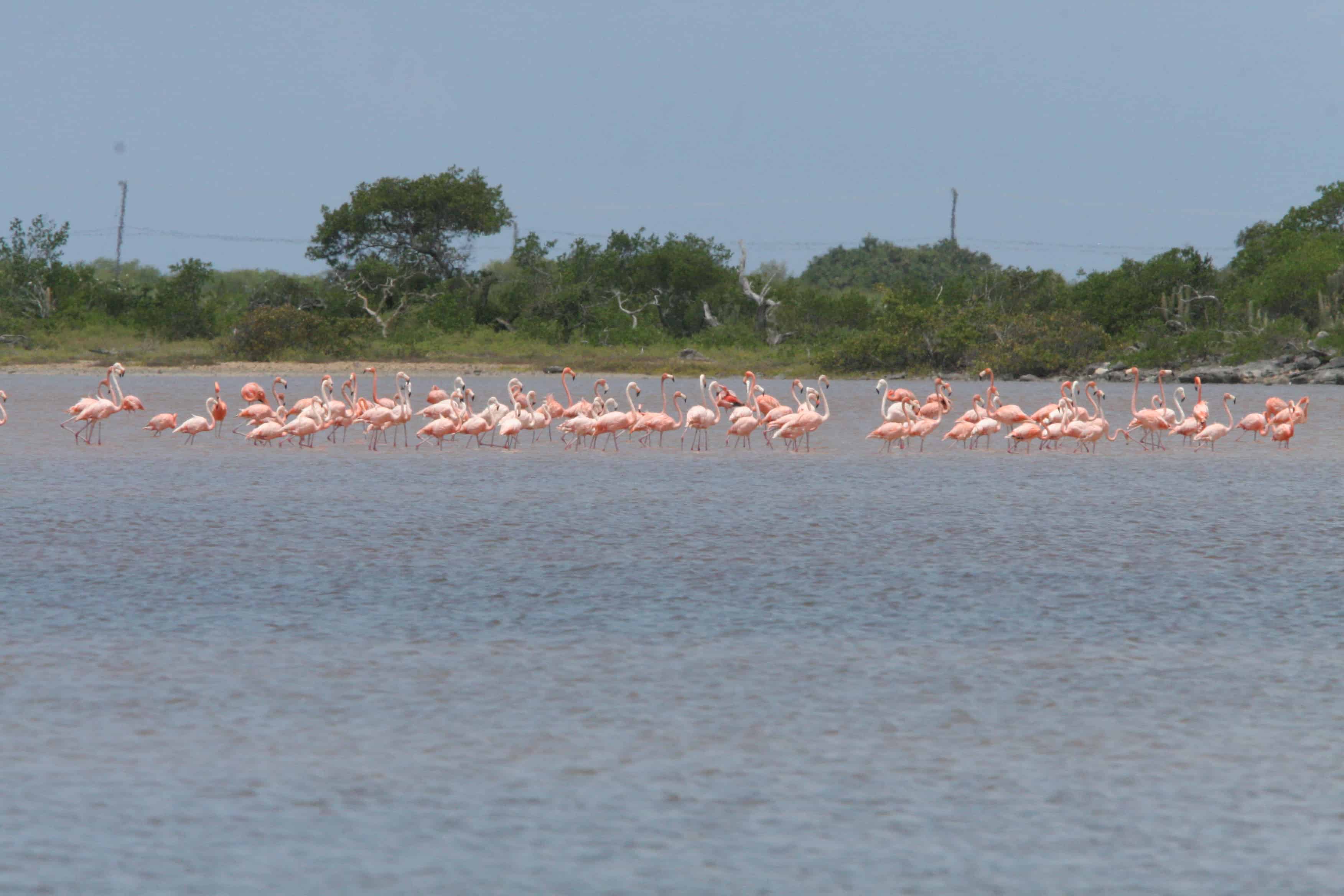
British Virgin Islands
Diversity abounds in Nature's Little Secrets: The islands support a number of endemic and threatened species of international importance, such as the critically endangered endemic Anegada rock iguana. 18 West Indies roseate flamingoes were reintroduced to Anegada in 1992 where a colony now exists. A number of globally significant plant species, some only occurring on one or two islands, such as Pokemeboy. Read more
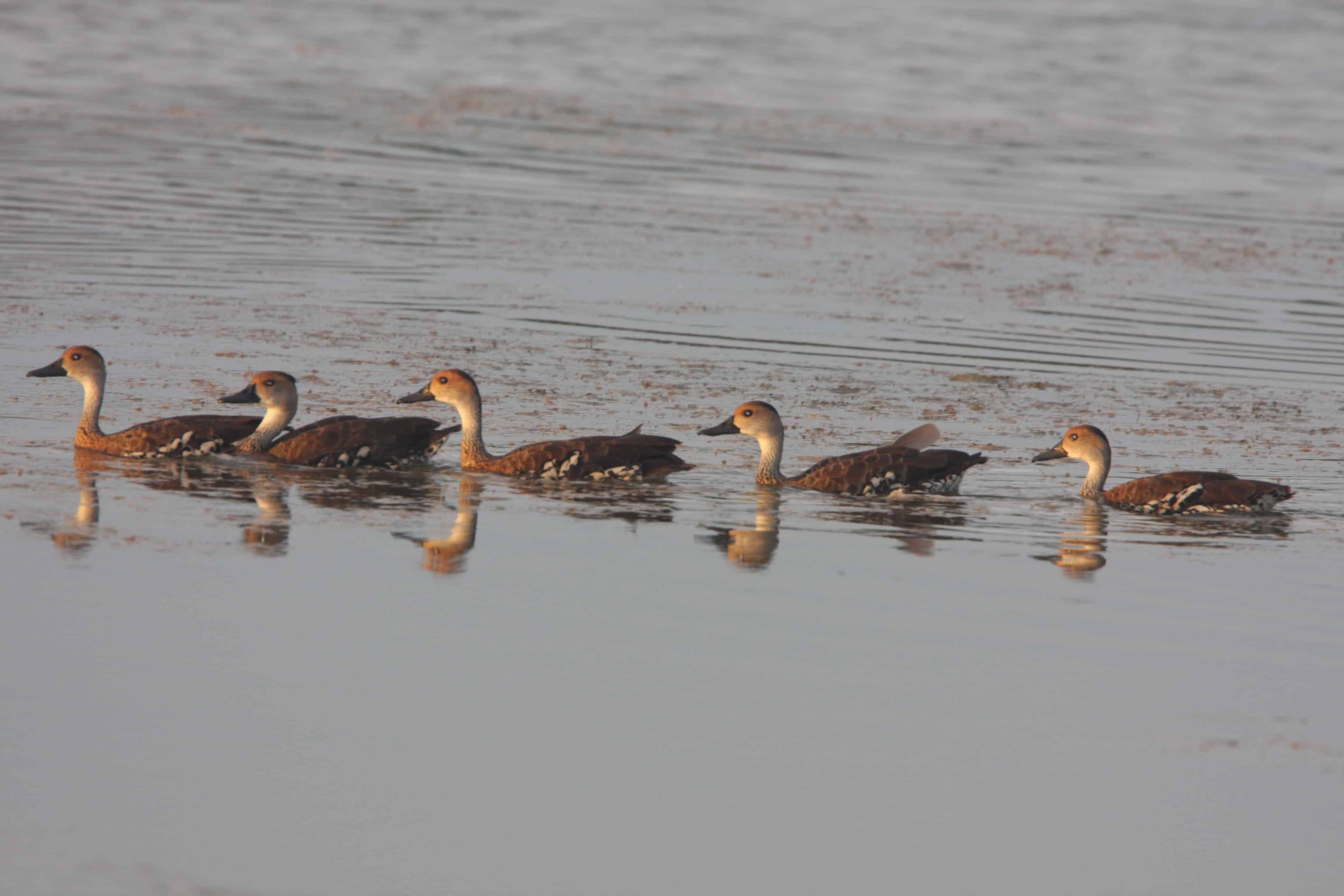
Cayman Islands
Unique forests and spectacular reefs: Some 17 plant species (e.g. the ghost orchid), 7 reptiles (e.g. Grand Cayman blue iguana) and 30 land snails are among those listed as unique to Cayman, along with many unique subspecies of forest birds (such as Grand Cayman parrot) and beautiful coral reefs. Read more
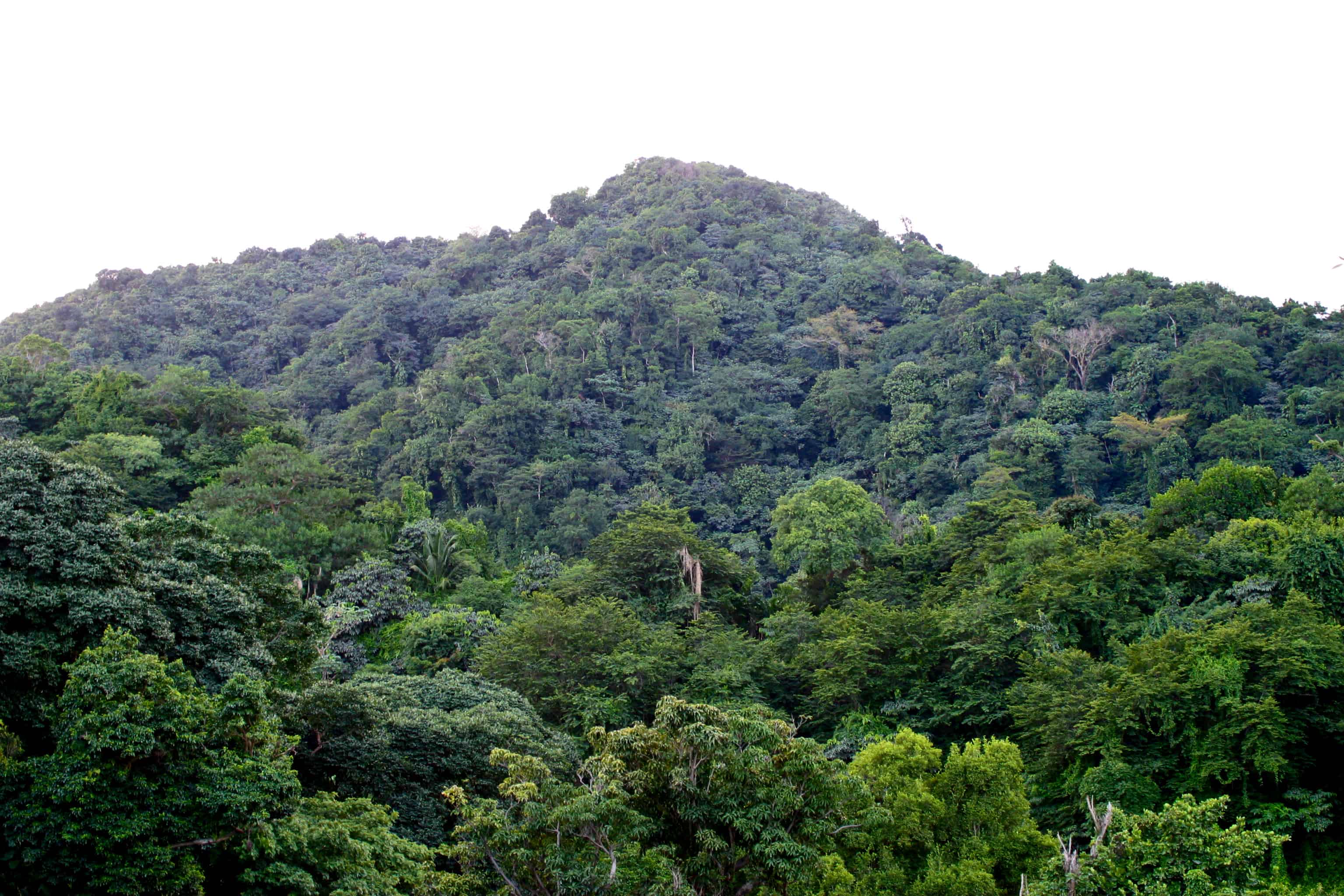
Montserrat
The Caribbean's Emerald Isle: Despite its small size, Montserrat supports at least 132 tree species, 59 species of birds and 13 mammals. The Montserrat oriole is found nowhere else. Also restricted to Montserrat are the galliwasp and anole. The endangered 'mountain chicken' (a frog) is found only on Montserrat and Dominica. Several other species are restricted to Montserrat and some nearby islands. Read More
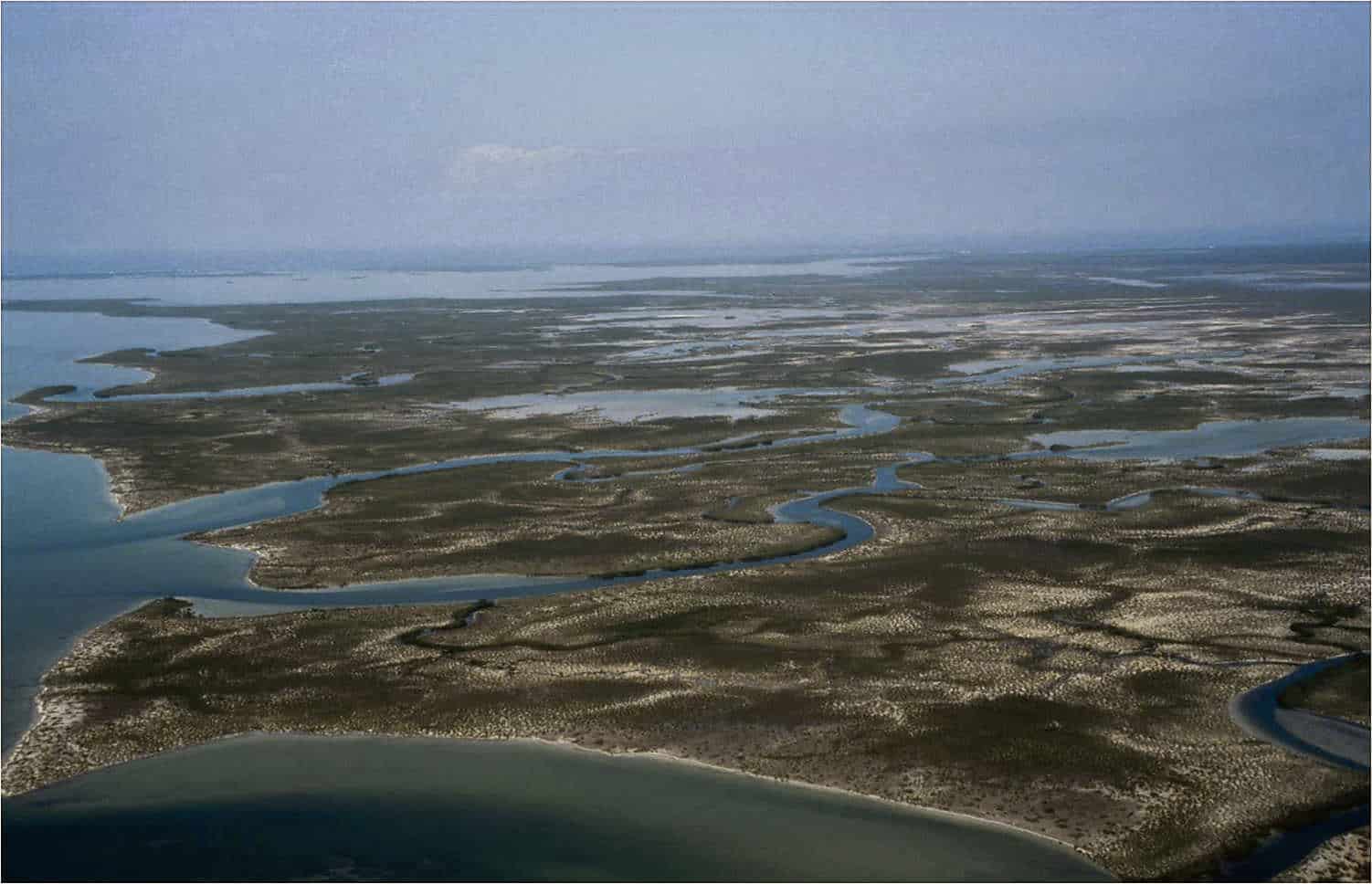
Turks and Caicos Islands
Superb wetlands where the land meets the sea: A superb complex of natural coral reefs, tidal flats, mangroves and marshlands provide a haven for wildlife, and the natural basis of fisheries and tourism. The islands provide a home for at least 14 unique plants, reptiles (including the rock iguana), and an unknown number of invertebrates, as well as the vulnerable reddish egret and West Indian whistling duck. Read more
